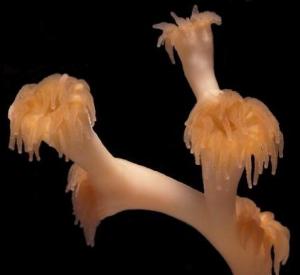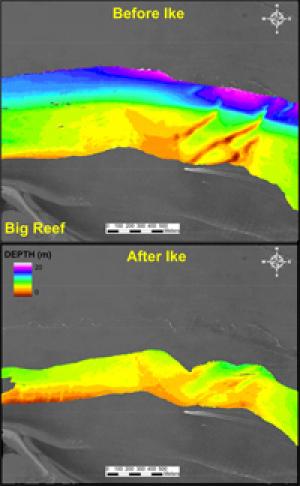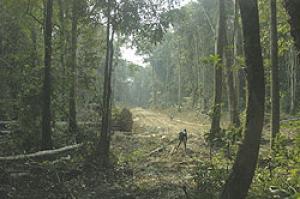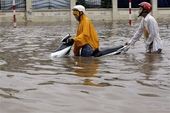The fight against climate warming has an unexpected ally in mushrooms growing in dry spruce forests covering Alaska, Canada, Scandinavia and other northern regions, a new UC Irvine study finds.
When soil in these forests is warmed, fungi that feed on dead plant material dry out and produce significantly less climate-warming carbon dioxide than fungi in cooler, wetter soil. This came as a surprise to scientists, who expected warmer soil to emit larger amounts of carbon dioxide because extreme cold is believed to slow down the process by which fungi convert soil carbon into carbon dioxide.
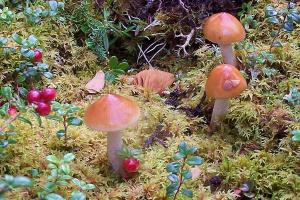
© University of California - IrvineFungi. The fight against climate warming has an unexpected ally in mushrooms growing in dry spruce forests covering Alaska, Canada, Scandinavia and other northern regions, a new UC Irvine study finds
Knowing how forests cycle carbon is crucial to accurately predicting global climate warming, which in turn guides public policy to curb greenhouse gas emissions. This is especially important in northern forests, which contain an estimated 30 percent of the Earth's soil carbon, equivalent to the amount of atmospheric carbon.

